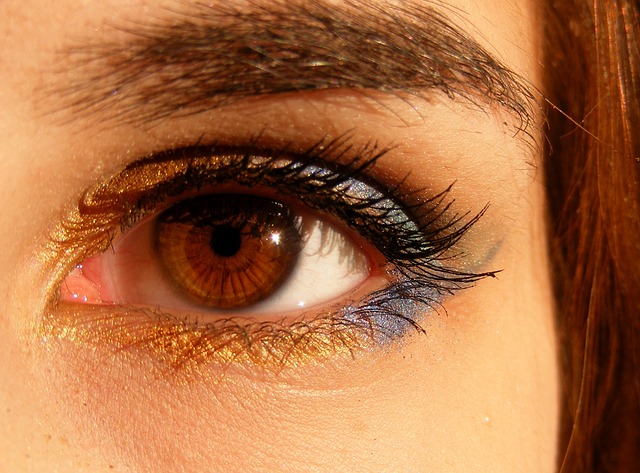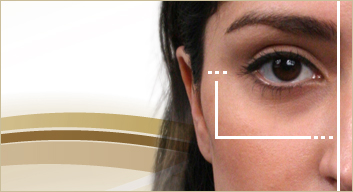 Eyes are an incredibly important part of emotional recognition, but what role do they have in allowing us to detect deception?
Eyes are an incredibly important part of emotional recognition, but what role do they have in allowing us to detect deception?
While conventional opinion tends to hold that failure to maintain eye contact is a tell-tale sign of deception, this is actually just a pervasive myth. However, because eyes are so important in reading emotions, they can also help us assess another’s truthfulness, or lack thereof.
Our fixation on the importance of eyes has justification. As followers of this blog will know, recent research indicates that we display emotions most clearly in our eyes.
While this intuitive emphasis on eyes led to the notion that observing eye contact is a reliable method of lie detection, this is simply not true. As a previous blog explained, multiple studies have found no relationship between deception and the avoidance of eye contact, despite the fact that, across cultures, this myth continues to be widely held.
As Dr. Wendy Patrick explains, eye contact or its avoidance may be due to differing personalities or cultural backgrounds that determine one’s tendency to make eye contact. Just as she explained in last week’s blog, it is necessary to analyze a given individual’s level of eye contact against their personal baseline.
However, eye contact is still a helpful tool in correctly identifying deception. For example, one 2012 study found significant pupil changes in lying participants. In this study, researchers asked participants to steal small sums of money, while leaving other participants crime-free.
Then, each participant was asked to answer a series of questions about the theft, without letting the test examiner know if they were guilty. While they were filling out these questionnaires, cameras tracked pupil size, finding an increase in pupil diameter amongst the guilty parties. Upon concluding the study, the authors pointed out that such an increase was consistent with previous studies in deception.
Similarly, from the perspective of those detecting deception, a separate 2016 study found that focusing on eyes provided a very effective tool for lie detection. In this study, participants attempted to detect lies from both individuals with their faces covered by a hijab, leaving only the eyes revealed, and those without any form of veil.
Surprisingly, participants were more accurate in detecting deception amongst those with hijabs. This conclusion indicated that a focus on the eye alone significantly aided lie detection, as participants were forced to focus on the eyes, rather than being distracted by other facial features.
While focusing on the eyes may be an important tool for detecting deception, it is often hard for us to know exactly what gives away a lie. We certainly cannot measure pupil size with a ruler!
This requires specialized training, such as Humintell’s evaluating truthfulness workshop
 Parents and really anyone who works with kids can attest to many children’s tendency to lie.
Parents and really anyone who works with kids can attest to many children’s tendency to lie. Emotional and facial recognition may be even more closely linked than we thought.
Emotional and facial recognition may be even more closely linked than we thought.